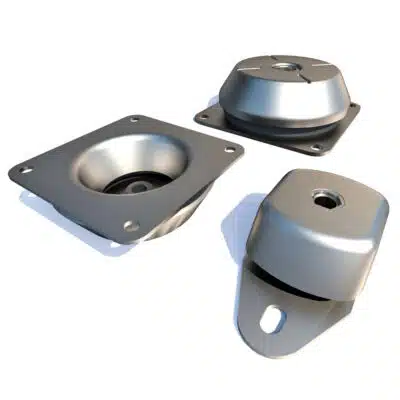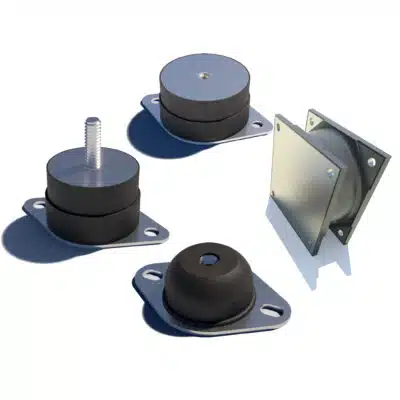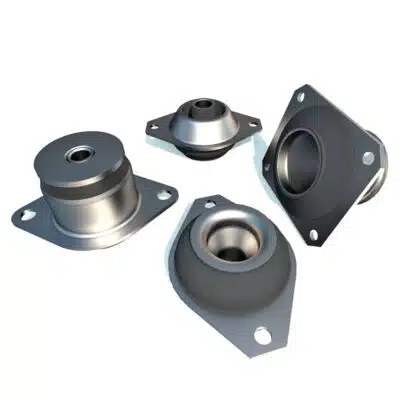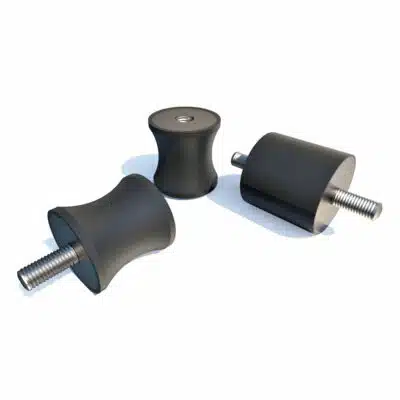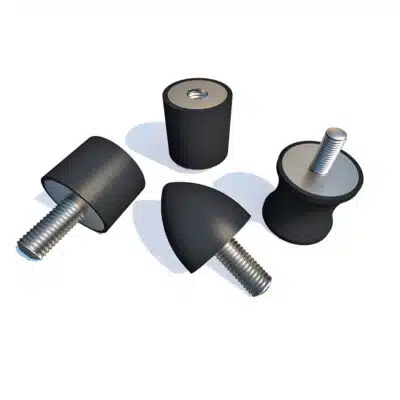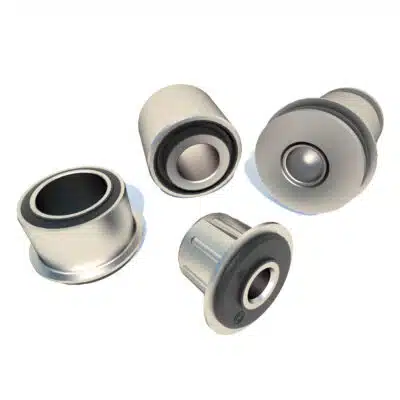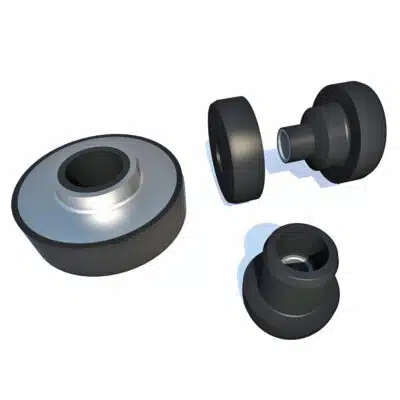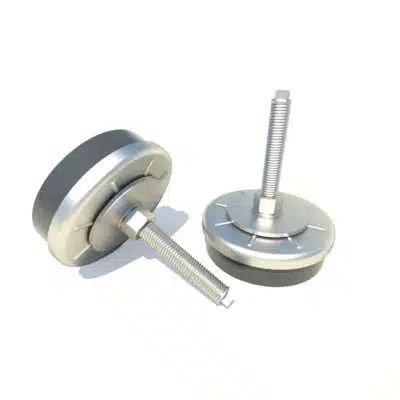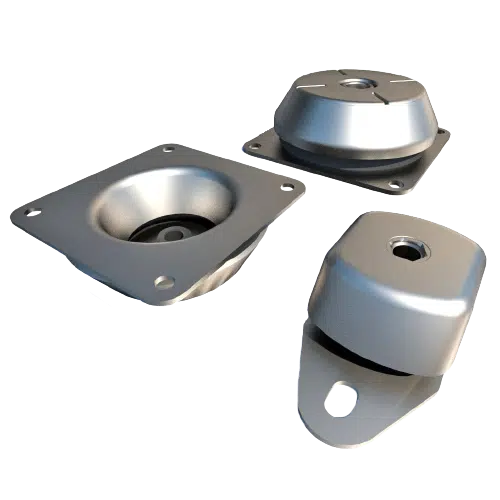What makes failsafe, failsafe?
Fibet engine, cab mounts and suspension bushes are trusted by manufacturers across the UK for their failsafe functionality? But what does failsafe mean in the context of an anti-vibration mount?
One of the key differentiators between our vibration isolation components is failsafe functionality. Some of our products have it (our engine mounts, cab/cone mounts and suspension bushes for example); some don’t (e.g. our bobbin mounts).
Why do some products have failsafe functionality when others don’t? And what does failsafe mean?
What is a failsafe mount?
A failsafe mount is one that will typically need to withstand compression, shear, conical and torsional forces, isolating vibration in multiple axes – even where loading is different in each direction. Such forces will be exerted in demanding, safety-critical applications.
From automotive to aircraft, unless a mount stays securely in place even if the mount fails, it presents a risk to the vehicle, its occupants and passers-by.
So, in addition to its ability to withstand the abuse of high load conditions, a failsafe mount will be constructed in a way that protects its integrity and ensures part A won’t separate from part B in the event of a crash or mount degradation.
> View our range of engine mounts
The effect of a failsafe mount
Years ago, in the days before failsafe mounts and bushes, it wasn’t uncommon to find suspension wishbones piercing a vehicle cabin (and the occupant) in the event of an accident. That could only happen because the wishbone bushings failed and, crucially, separated from the chassis. A failed engine mount could leave the engine free to ‘bounce’ around, critically impairing stability and increasing the risk of fire or crash.
Failsafe functionality is critical in enabling vehicles to achieve 5-star Euro NCAP ratings, and to ensuring similar levels of safety in pumps, gensets, compressors and more.
How does a failsafe mount work?
The key to a failsafe mount is its assembly. Between the rubber components are – depending on the specific mount or bush – shaped and profiled washers; wires moulded into the rubber; or through-bolts which ensure that even if the mount fails, the components mounted on it remain secure and in place. You’ll notice an increase in vibration, but you (thankfully) won’t experience anything more critical. Failsafe equates to protection – and should a mount fail, failsafe functionality means you’ll simply need to change the mount rather than anything more dramatic.
> View our range of anti vibration mounts & products
Why aren’t all vibration isolation components failsafe?
Put simply, they don’t need to be. Not every application of our buffers, stops and mounts is safety critical. Failsafes inevitably increase the cost of a component, so where there is no risk – where, for example, buffers act as rubber feet for a low vibration appliance or as shock absorbers for a cash till or computer cabinet – then a non-failsafe low cost option may be appropriate.
We should note, however, that if safety is in any way a consideration, a failsafe mount would always be the wiser option.
To explore your vibration isolation options, please talk to us on 01282 878200 or contact us.
Useful links
> View our range of engine mounts
> View our range of anti vibration mounts & products
> Download Our Replacement Engine Mount Guide (PDF)

